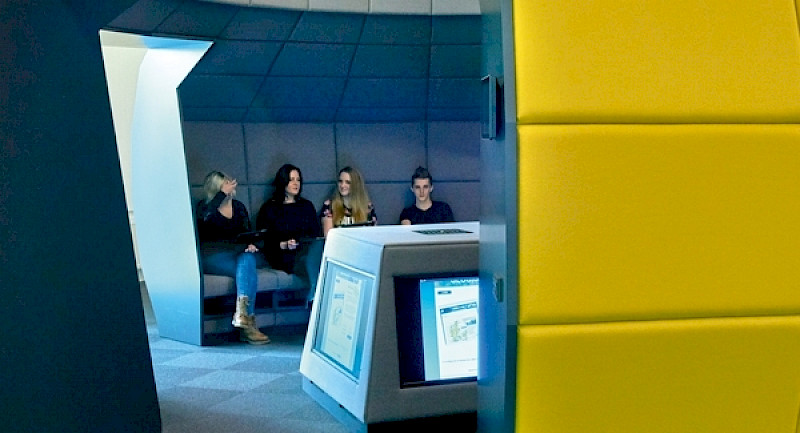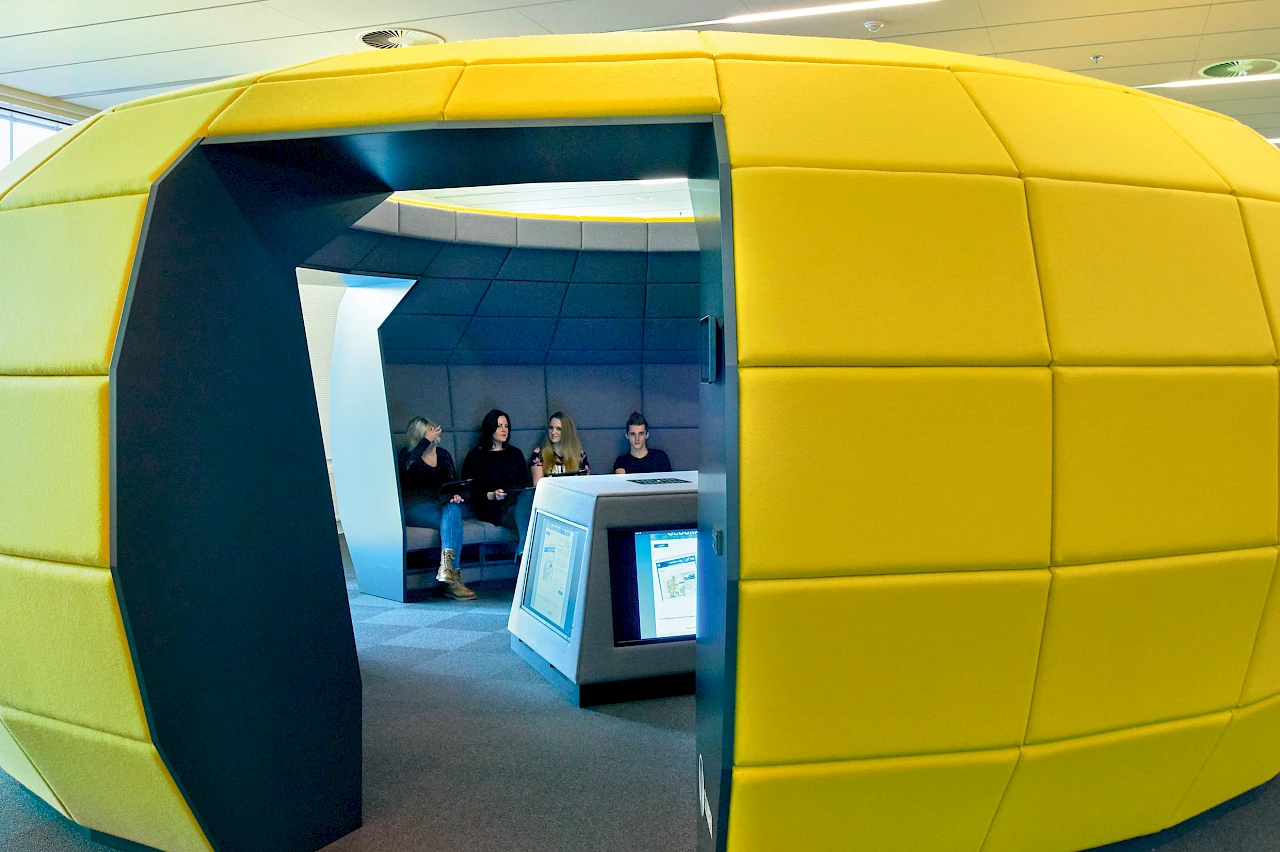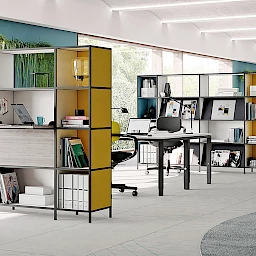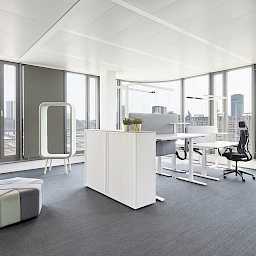London in October 1943. After their assembly halls were destroyed by the German Luftwaffe in 1941, the Members of Parliament in the House of Commons debated the question: Should we rebuild or redesign? Many politicians wished to have a more modern meeting place with a semicircular format. But not Winston Churchill. With the words “First we shape our buildings; thereafter they shape us” he voted against a new design and got his way. The House of Commons was rebuilt true to the original. Today, this insight of the former British Prime Minister suggests that a change in work organization also means a change in the spaces where the work is done.
Unlike the assembly hall of the German Bundestag, where the representatives sit in a semicircle, Great Britain’s MPs are divided between two opposite banks of benches in the House of Commons. The representatives of the governing party sit to the right of the Speaker, who presides over the parliamentary sessions. The benches of the opposition party are on the Speaker’s left. The proverbial red lines on the floor mark the boundaries that must not be crossed during a debate.
Churchill was firmly convinced that the clear structure of this space had shaped the party landscape of the United Kingdom and its customary culture of dispute. As a result, a semicircular seating arrangement of the kind that is customary elsewhere and was up for discussion when the MPs were thinking of rebuilding, would have changed the culture of Parliament as well. That was not the intention of the British House of Commons; the MPs followed Churchill’s line of argument and the majority voted for a largely unchanged rebuilding of the assembly hall.


Interior furnishing example: “learning spaces”
Designers of learning spaces also make use of the fact that spaces influence their users’ behaviour. VUC Syd, a school in Haderslev, Denmark, consists of spaces that are deliberately intended not to remind people of a typical school. For example, an igloo invites children to exchange ideas. The students can directly transmit content from their tablet PCs onto the central display in the middle of the room and present it for discussion. The cubicles are acoustically and visually separated from the surrounding area by the walls of the igloo, but they nonetheless have an open format that invites others to come in and participate. Traditional schoolrooms are a thing of the past in this Danish model school, which calls itself “the school of the future.” Instead of traditional schoolrooms, the igloos are flanked by rooms with long tables around which all of the pupils in a class can gather, as well as smaller tables and seating areas for teamwork or individual work. Through their choice of spaces, teachers and pupils can steer the way that learning takes place.


Communication und creativity
Many aspects of the new school concepts are reminiscent of modern offices, where traditional meeting rooms are being increasingly supplemented with project rooms and spaces for spontaneous communication. Each one of these spaces develops its own effect and shapes the way people interact with one another.
“… they shape us”; Churchill’s insight is still valid. Back in 1943 it meant everything should be left the way it was; today, however, it directs us toward change.






